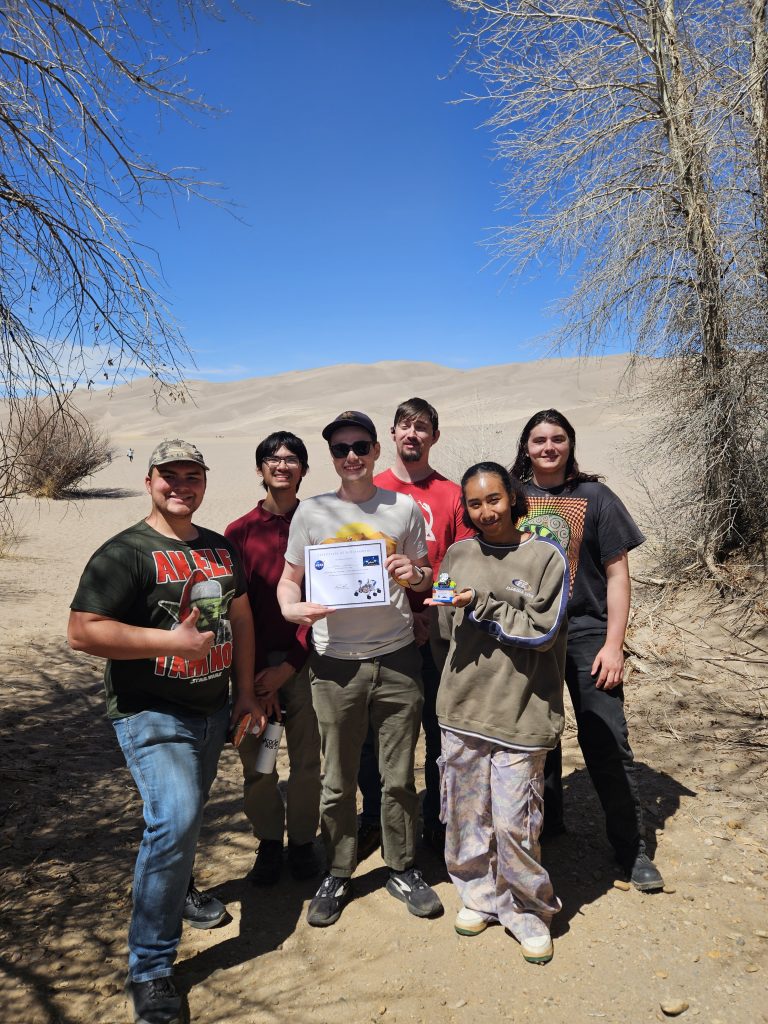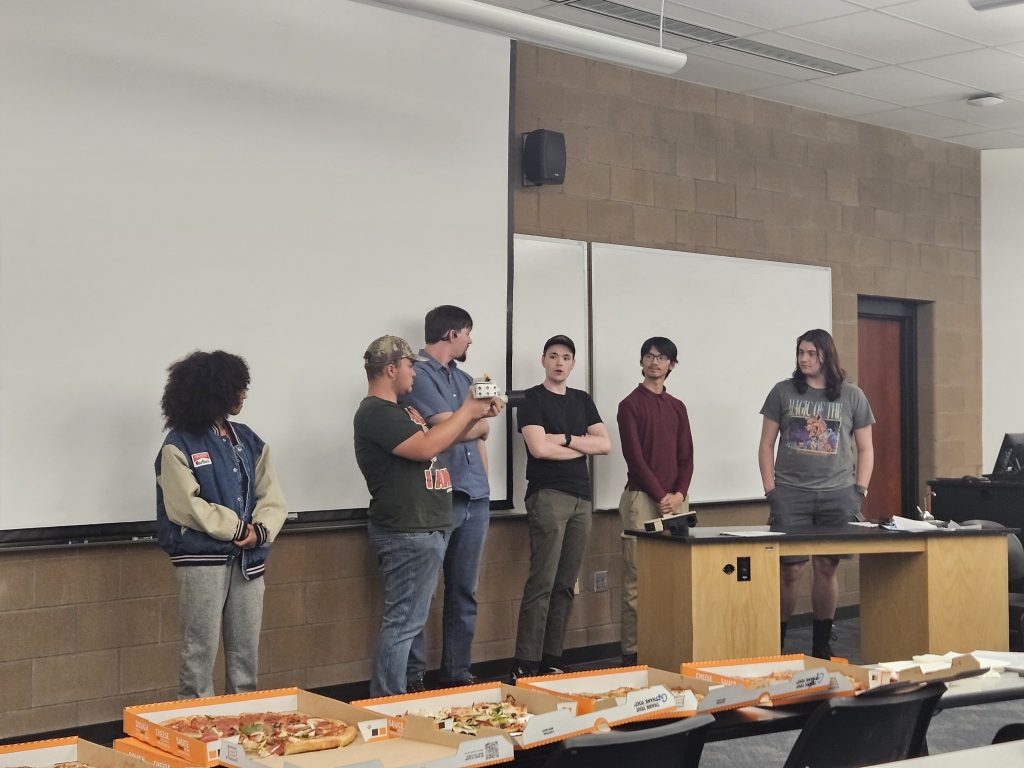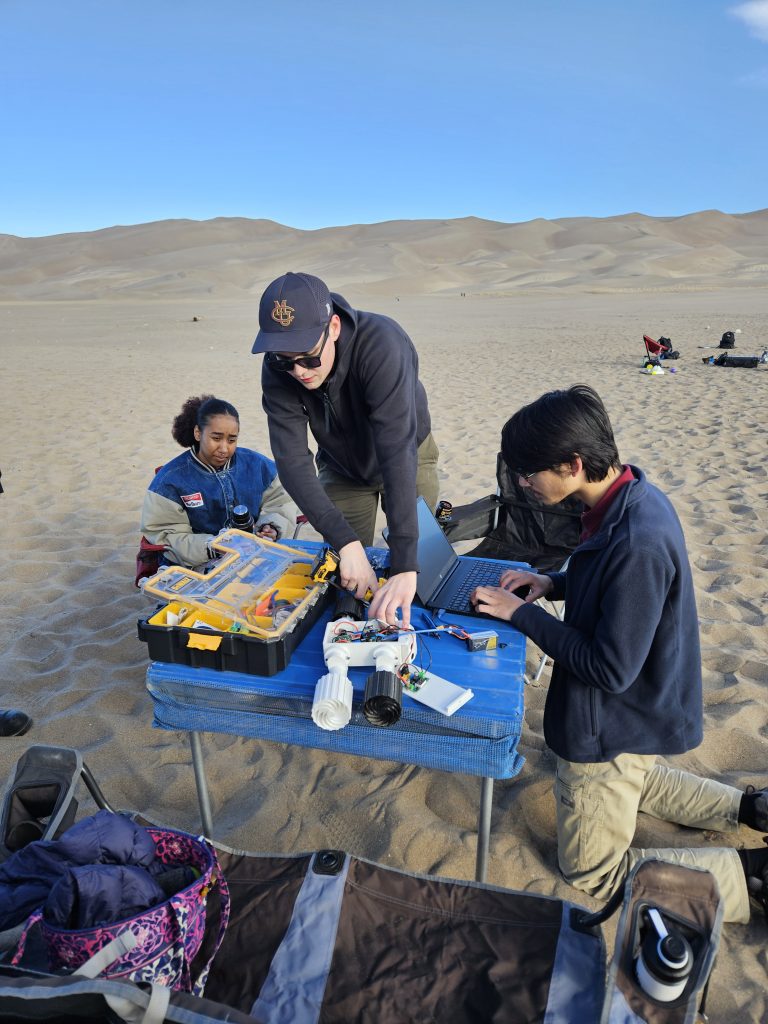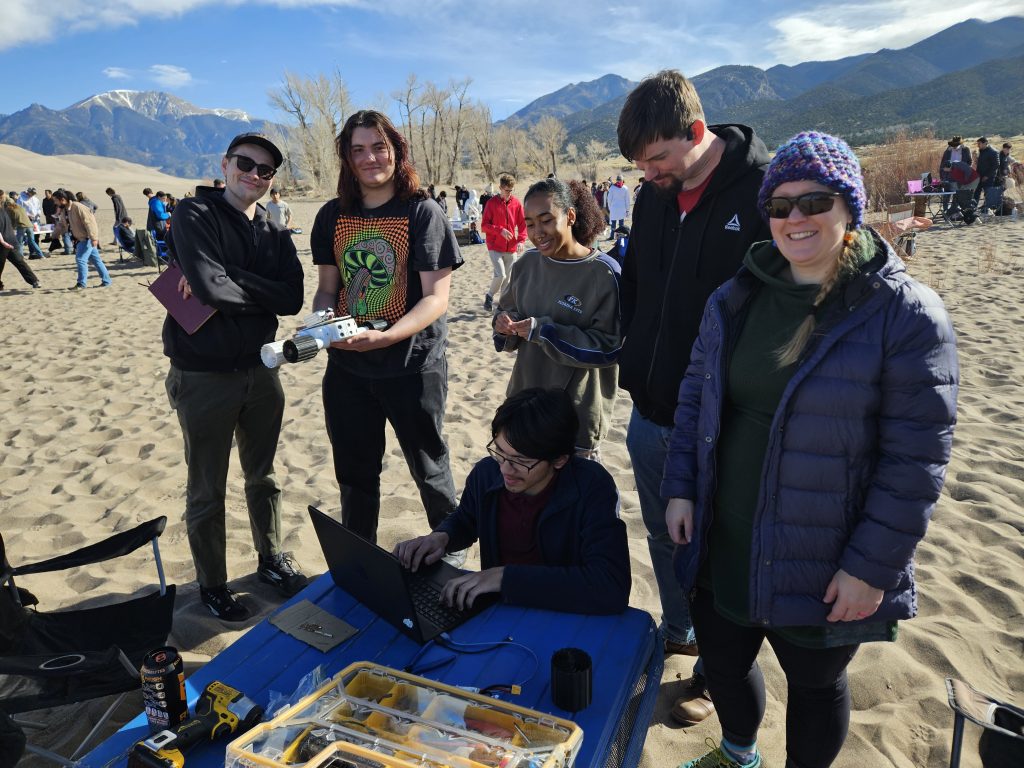This year’s Colorado Space Grant Consortium (COSGC) Robotics Challenge was nothing short of incredible—and I’m proud to share that our team won Best in Class in the under 1.5kg category!

We competed against ten other university teams, each bringing their A-game, with robots built to tackle a simulated planetary terrain. As the president of our IEEE club and the team’s lead presenter, it was an honor to represent Colorado Mesa University on a stage filled with such innovative minds. Our presentation highlighted not only our design and build process, but also our problem-solving, teamwork, and iterative improvements that we pushed right up until the finish line.

And when I say “finish line,” I mean it—our team stayed up in the hotel until 2AM the night before the event, huddled over the robot, soldering, coding, 3D printing last-minute tweaks, and perfecting the bot’s navigation logic. It was a grind, but it reminded me what engineering is really about: rapid learning, adaptation, and collaboration under pressure. That effort paid off.

Winning Best in Class was a proud moment, but the biggest takeaway wasn’t the trophy—it was everything we learned about how to grow and improve from here. As we reflect on the experience, a few key lessons stand out:
What We Learned
- Testing early and often matters. Some of our challenges could’ve been caught sooner if we had done more iterative field testing.
- Team communication is everything. Staying in sync, especially across sub-teams (hardware, software, design), is what helped us rally when it counted most.
- Every failure is a chance to improve. We hit a lot of walls—both figurative and literal—and each one taught us something new about our bot and ourselves.
What’s Next
We’re already thinking ahead. There’s so much potential to evolve our robot beyond this first prototype. Ideas on the table:
- Upgraded sensor array for more precise terrain detection
- Swappable modules to test different locomotion strategies
- Better cable management and power efficiency
- Autonomous pathfinding logic using computer vision
This experience has energized our whole club. We’re looking to channel that momentum into future competitions, community outreach, and expanding opportunities for all students interested in robotics and engineering.
If you’ve been following our journey, thank you. This win is shared with everyone who supported us—professors, peers, family, and friends. And if you’re just tuning in, we’ve got a lot more coming. Stick around.
